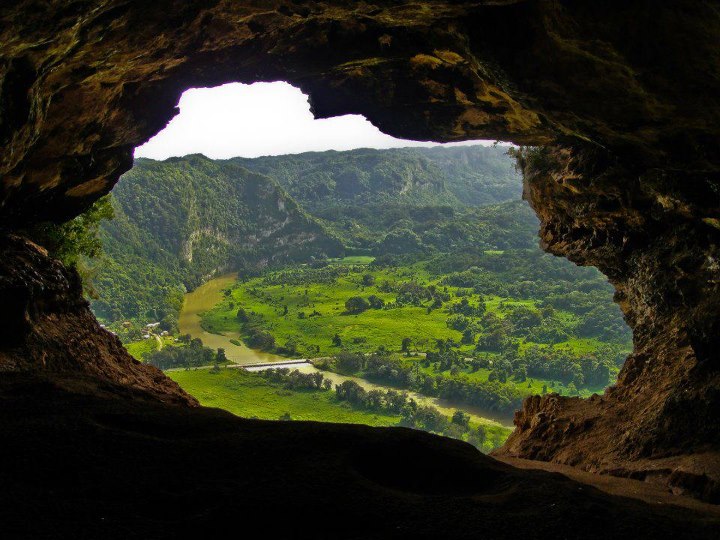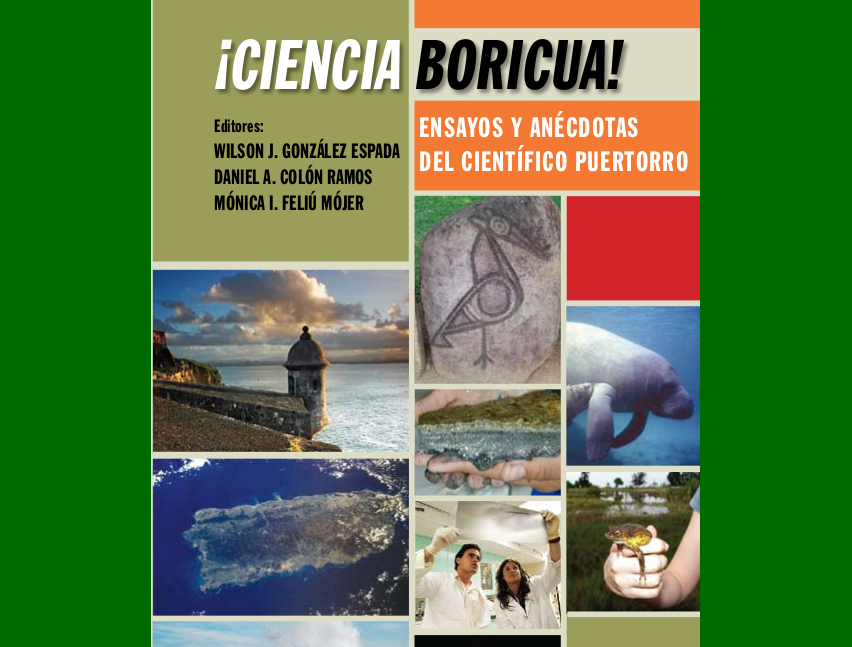Main characters in Science: Marine biologist uses upside down jellyfish to protect Puerto Rican coasts
Submitted on 28 July 2025 - 2:00am
This article is reproduced by CienciaPR with permission from the original source.
CienciaPR Contribution:
Original Source:
By:

For Dr. Natalia López Figueroa, a Puerto Rican researcher, the first day of the rest of her life began in a class on marine invertebrates at the University of Puerto Rico in Humacao. Since then, she has dedicated her professional career to studying one species in particular: Cassiopea, also known as the inverted jellyfish.
“If I get stung by a jellyfish on the beach in Puerto Rico, I'm going to look for it,” he said, enthusiastically, in an interview with El Nuevo Día. And that's precisely what she did in the Jobos Bay National Estuarine Research Reserve, between Salinas and Guayama, where she developed a three-year investigation that incorporated groups of curious students, hundreds of jellyfish and, most importantly, according to her, her love for the country and her family.
Their early mornings began on a boat in the calm waters of the bay, where López Figueroa and his team brought quadrants made of PVC, cameras, measurement forms and a mission: to identify whether, in Jobos, Cassiopeia could be used as a bioindicator of the well-being of marine ecosystems.
To be a bioindicator, he explained, the organism has to react to changes in the environment. These include changes in temperature, salinity and nutrient levels, such as phosphate and nitrate.
Therefore, he collected samples of water, sediments and marine plants to create what López Figueroa describes as a “snapshot” of the environment at the time. Analysis of the data painted a picture of the relationship between jellyfish abundance and size, and water quality.
However, he said, it was important to integrate humans into the study - known as the anthropogenic effect - because they contribute to ebbs and flows of nutrient levels.
For example, pesticides dissolve into the bay in the process of agricultural runoff, increasing levels of nitrogen and phosphorus. This causes algal blooms, which prevent the sun from breaking the sea surface to assist in the process of photosynthesis, which organisms such as microalgae use for energy.
The microalgae are symbionts of Cassiopeia, the researcher noted, meaning that without the microalgae, the invertebrate jellyfish could not exist. Indeed, she stressed, having nutrient waters, moderate temperatures and salinity are the conditions that jellyfish prefer, a characteristic that Lopez Figueroa describes as being a kind of “Goldilocks”.
Through the research, López Figueroa found that, in areas of high human impact, the amount of jellyfish decreases, but they increase in size. In places with good water quality, which corresponded to areas of moderate impact zone, the highest amount of jellyfish was found.
In other words, according to the researcher, in Jobos Bay, Cassiopea does have the promise of being a bioindicator.
Even so, López Figueroa came away with more questions than answers about different effects of environmental components due to the mangroves, sedimentary profiles of the entire bay, and even relationships with organisms such as barracudas, which are often found next to jellyfish, she noted.
Having these questions is the basis of the researcher's innate excitement to return to the island. López Figueroa resides in the state of Florida.
“Leaving the island, it has always been motivation to return,” she said. "Having the Margaret A. Davidson fellowship was more than a scholarship (awarded by the National Oceanic and Atmospheric Administration). It was an opportunity to make up for lost time with family," he added, referring to the fellowship that paid for the research.
Without the support of her family, she said, it would not have been possible to develop her passion for the ocean. She said her 91-year-old grandfather designed a trap to collect jellyfish polyps as a way of integrating himself into his granddaughter's work.
In fact, what began as a family competition was so successful that the impact attracted the attention of jellyfish researchers in Japan, who will be using the trap design in their studies.
In addition to his blood family, López Figueroa finds community in his scientific family, through his collaborations with young people. This, she emphasized, is extremely important in creating new opportunities for those new to the field.
Her experience as a researcher - which includes a doctorate at the University of South Florida - taught her that, according to the advice of a teacher of hers, you have to “learn everything you can wherever you go, and return with all those tools to Puerto Rico.” This, he outlined, is key to contributing to the management of the coasts that give the island its charm.
To young people, he advised them to be stubborn and stubborn when seeking, or creating, opportunities for what they are passionate about. And, as a final piece of advice to all, he emphasized - with the same enthusiasm - that if a jellyfish stings you, don't pour urine on it; use vinegar or very hot sea water.







